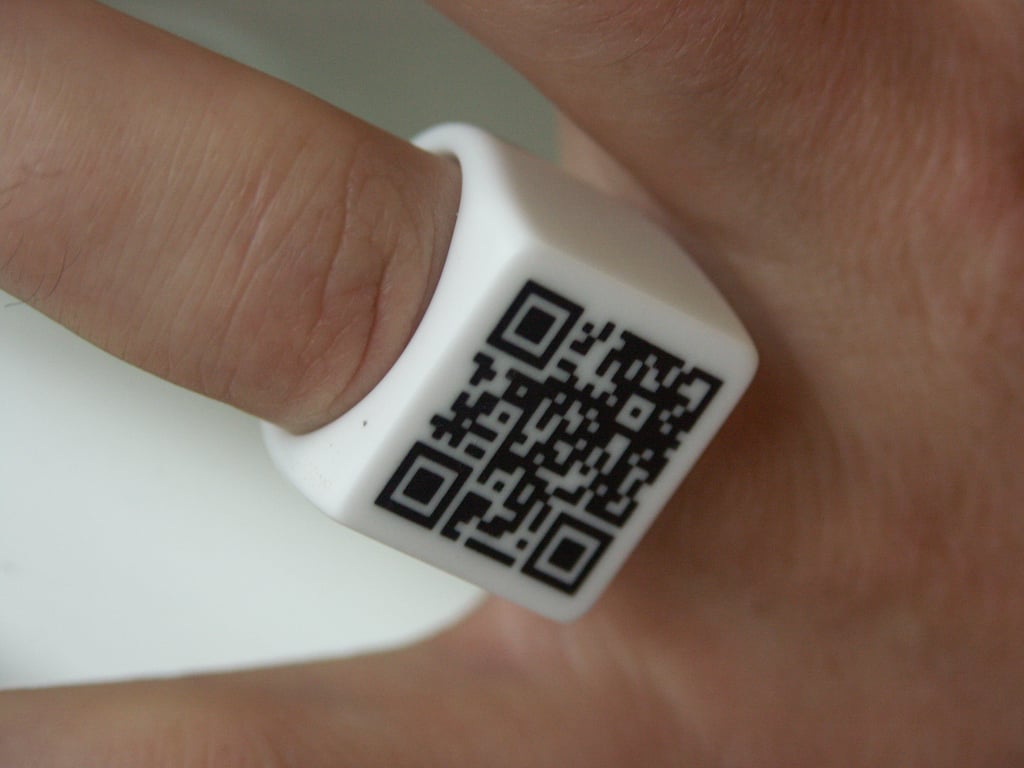
Creative Commons recently held a workshop to identify ways to move forward in providing better ways to license 3D content.
While “CC” licenses have long been used to protect digital assets such as software, images and video, the usage for 3D models has been less widespread. Some printable 3D model repositories offer the ability to tag your submissions with CC licenses, but not all do.
The CC workshop included representatives from various parts of the 3D printing industry, who discussed the issues in detail. The group identified the pressing needs of the 3D community:
- The ability to track use of the design file, unmodified, including: downloads of the digital design file; the number of times the design file was sent to a printer; and geographic distribution of its uses. The motivations for being able to track use of the original design included curiosity on the part of a designer, the desire for credit, potential future revenue from uses, and compilation of such uses as part of a portfolio for professional or advocacy reasons, eg. in the case of sharing the design file of a public domain sculpture, a designer could point to the number and diversity of uses as part of a case to a cultural heritage institution to make open its 3D public domain artworks. While such tracking can bring benefits, there was also a recognition that tracking has very real costs in terms of privacy and freedom of use for downstream users.
- The ability to compare modified versions of the design file for safety, efficacy, provenance, and productization. Safety means ensuring that printed works perform safely as expected; efficacy means ensuring that works print well in different media and perform effectively as expected; provenance means being able to track different versions of the file, including versions with different instructions for printing and also with different processes for application; and productization means being able to track when a design is productized commercially for industry.
- The ability to indicate original intent for use of the design file, in order to prevent or preempt unwanted, unethical, or commercial uses if applicable. A strong motivation is to ensure the free use of any released design files by preventing their commercial enclosure. Unethical uses relate to safety and efficacy motivations cited in 2.
- And last, but not least, the ability to provide credit or attribution as a normative practice, because credit provides a sort of gratification for those credited, and accountability for those who credit. Several reasons were cited for providing credit for its own sake, including: building a credible portfolio; reputation; attribution as generative for the commons (incentive for more design contributions); also as generative for growing a robust, collaborative community; for organizing multiple contributions under a single project; a source to find additional designs by the same designer; and to teach about the normative practice of attribution, eg. giving credit where credit is due, in the first place.
CC does say that this list does not mean their group will pursue these specific issues in future licenses, but that only some could be addressed.
They also said this:
Due to the variety of function, size, and design of physical objects, it seems less likely that a physical standard for attribution would be universally adopted. That said, such a standard would not be impossible, at least for a subset of objects within a given field, for example, sculptural public domain art works. More likely is the adoption of a digital metadata standard to be included with the design file that would express attribution information, such as author and license. Such standard metadata could be tied to its physical expression later on, and also feed into the open ledger.
The possibilities for implementation of solutions are many, and could involve such features as codes embedded in the design, embossed labels, RFID tags, central registry of CC models and much more.
Licensing of 3D objects is still in a very early stage, but as production of 3D objects increases, the importance of licensing will similarly rise. It’s good to see CC is on the problem.
Via Creative Commons

